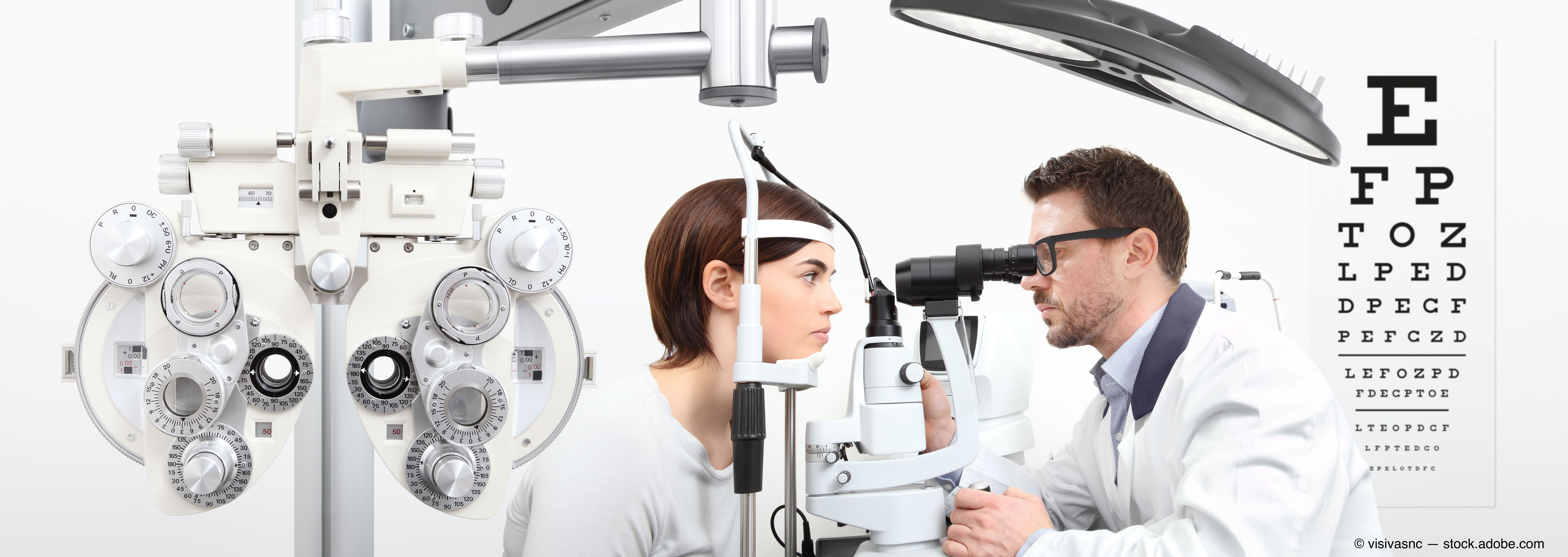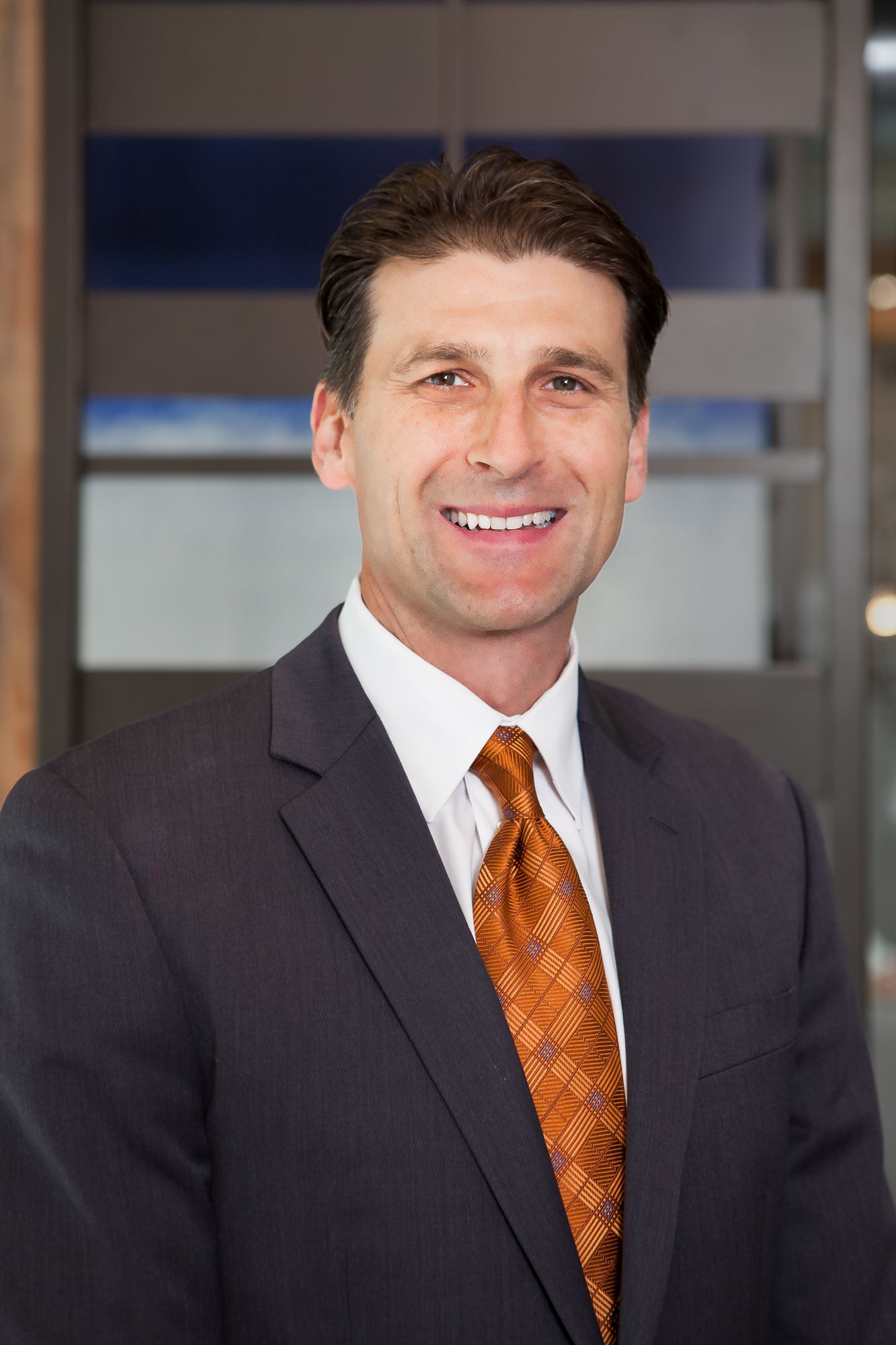Blog: Put profit first in your practice

Michael A. Kling, OD

The views expressed here belong to the author. They do not necessarily represent the views of Optometry Times or Multimedia Healthcare.
Everyone wants to run a profitable business-yet most of us simply don’t.
In accounting, profit is a term that refers to what is left over after subtracting expenses from sales.
If we have $500,000 in sales and $400,000 in expenses, profit would be $100,000, or a profit “margin” (profit divided by sales) of 20 percent. It is a simple formula, but most business owners do not understand how it is calculated or what it truly means. Accountants (and the International Revenue Service [IRS]) love the formula because profit is what they use to determine what we owe in taxes.
Previously by Dr. Kling: Blog: How to calculate your compensation as a practice owner
As ODs and business owners, we hire tax professionals to help file our tax returns and strategically (and legally) minimize our profit, thereby reducing our tax burden. This is done by using legal strategies and loopholes. The irony is that while we work our fingers to the bone to become profitable, our accountants are working equally hard at making us unprofitable to avoid taxes.
To support their position, we often tell them, “Whatever you do, make sure I don’t owe any taxes,” which further encourages them to help us find ways to spend our money simply to avoid paying taxes. We make purchases for things we don’t need, take vacations we can’t afford, and prepay next year’s bills-all in an attempt to avoid sending Uncle Sam a check.
But wait: If our goal is to run a profitable business, why do we follow our accountants’ advice, helping us find ways to ensure we aren’t profitable? Why do we invest in new equipment we don’t need just so we can “write it off” and save a few bucks on taxes?
It is because our objective as business owners (being profitable) is often at odds with our accountants’ objective of paying as little in taxes as possible (being unprofitable). After all, this is partly what we are paying them to do.
Related: Boost sales per patient
Redefining profit
In accounting, profit is an opinion. Ask any two accountants to prepare your tax returns, and you will likely get different outcomes. The kind of profit we want as business owners is better defined as “cash.”
We want money-the cold, hard kind left over after we have paid our bills (and ourselves), and deposited into our bank accounts in exchange for the hard work, effort, and risks we have taken to operate our businesses. And we want Uncle Sam to take not one cent more than his fair share.
Businesses that exist without rewarding the owner or investor often result in discontentment, frustration, and resentment. A reward makes business ownership worth it; otherwise, we may as well work for someone else with a guaranteed salary and none of the stress, headaches, or pressure of managing staff, overhead, and inventory.
This kind of profit is also what allows for us to reinvest in our businesses, pay cash for new equipment, and hire better talent. But only if it is done on our terms, in a well thought-out manner and part of a larger financial plan.
Purchasing a new piece of technology and becoming a slave to payments for the next five years just to avoid taxes is not a wise business strategy. It can lead to more debt, poor cash flow, and stress.
Related: How to calculate the value of your practice
Reengineering the equation
Most businesses operate using generally accepted accounting principles (GAAP), a set of financial guidelines, standards, and rules that provide consistency when analyzing a company’s financials.1
In its simplest form, the GAAP formula says: Sales - Expenses = Profit
The problem with this formula is that profit comes last. It is what is left over only after expenses have been subtracted from sales. Unfortunately for most businesses, there often is nothing left.
Most practice owners find a way to spend every last nickel operating a business. If their bank accounts have money, they falsely believe all is going well, so they find a way to spend it (called “bank balance accounting”). Add to that accountants’ attempts at minimizing tax liability, and there is rarely anything left over at the end of the day (or year).
In his book Profit First, Mike Michalowicz challenges readers to think differently about profit.2 What if we choose to be profitable? What if we looked at profit not as what is left over but as an action? What if profit was a decision and not some random desire, wish, dream, or hope? What if we reengineered the formula and took profit first?
Sales - Profit = Expenses
How can that be? If we are not profitable now, how could we possibly cover expenses if we take profits first?
Related: 5 steps to maximize your optical profit
Parkinson’s Law
This strategy is nothing new. It is a tried-and-true system of allocating a certain portion of income into various envelopes of expenses. This is a “pay yourself first method” often advocated by financial advisors, and is why 401K plans work so well. When we pay ourselves first, we learn to live with what is left over.
Parkinson’s Law is an adage that states, “Work expands so as to fill the time available for its completion.”3
Said another way, the demand for something expands to match its supply. This is why, when given a week to complete a task, we will take a week. If given a day to get it done, we will do it in a day. It’s why if we have $10 in our pocket, we’ll spend it, and if we have $20, that seems to also get spent.
Michalowicz points out that when we intentionally make less money available to run our businesses (operating expenses), we become more frugal and more innovative. We become more discriminating about our spending and more innovative around problem solving.
We change our behavior by learning to operate our businesses on less. The money doesn’t change-what changes is simply how we manage it. By taking profit first, we are forced to reduce operating expenses and find ways to get the job done by finding creative solutions to challenges.
Related: 5 steps to creating a budget
Primacy effect
Research has shown that items presented in a list are often given greater value the sooner
they appear on that list (primacy effect).4
If you are at the grocery store and realize you left your shopping list at home, you will likely recall the items listed at the top of that list.
When we take profits first, less emphasis is placed on expenses. We become more focused on rewarding ourselves for our entrepreneurial spirit. And while expenses remain important (we have to pay our bills, after all), our change in behavior results in our ability to run our businesses in a more frugal and innovative way.
Related: How to overcome barriers when buying or selling a practice
What about taxes?
I do not like paying taxes any more than the next guy. But taxes are necessary for society to function properly. We need well-maintained bridges and highways, emergency personnel, police, schools for our kids, a strong military, and social services for the elderly and less fortunate. When considering these benefits, I will gladly pay my fair share.
When we become more profitable, we will owe more in taxes. But when given the choice, I would much rather have a large profit and pay my share of taxes than to have an unprofitable business with no tax bill.
So instead of seeing a growing tax bill as a liability, consider it a measure of continued success. See it as affirmation that you are running a healthy, viable, and profitable business with staying power and longevity.
Conclusion
By simply reengineering the GAAP formula to Sales - Profit = Expenses, we can reap the rewards of entrepreneurial risk. By taking profit first, we become more frugal, innovative, and more creative about how we manage our business.
Read more blogs here
References:
1. Kenton W. Investopedia. Generally accepted accounting principles (GAAP). Available at: https://www.investopedia.com/terms/g/gaap.asp. Accessed 4/25/19.
2. Michalowicz M. Profit first: Transform your business from a cash-eating monster to a money-making machine. New York: Penguin Random House LLC, 2014. Print.
3. Northcote Parkinson C. The Economist. 1955 Nov. Print.
4. The Decision Lab. Primacy effect. Available at: https://thedecisionlab.com/bias/primacy-effect/. Accessed 4/25/19.
Newsletter
Want more insights like this? Subscribe to Optometry Times and get clinical pearls and practice tips delivered straight to your inbox.